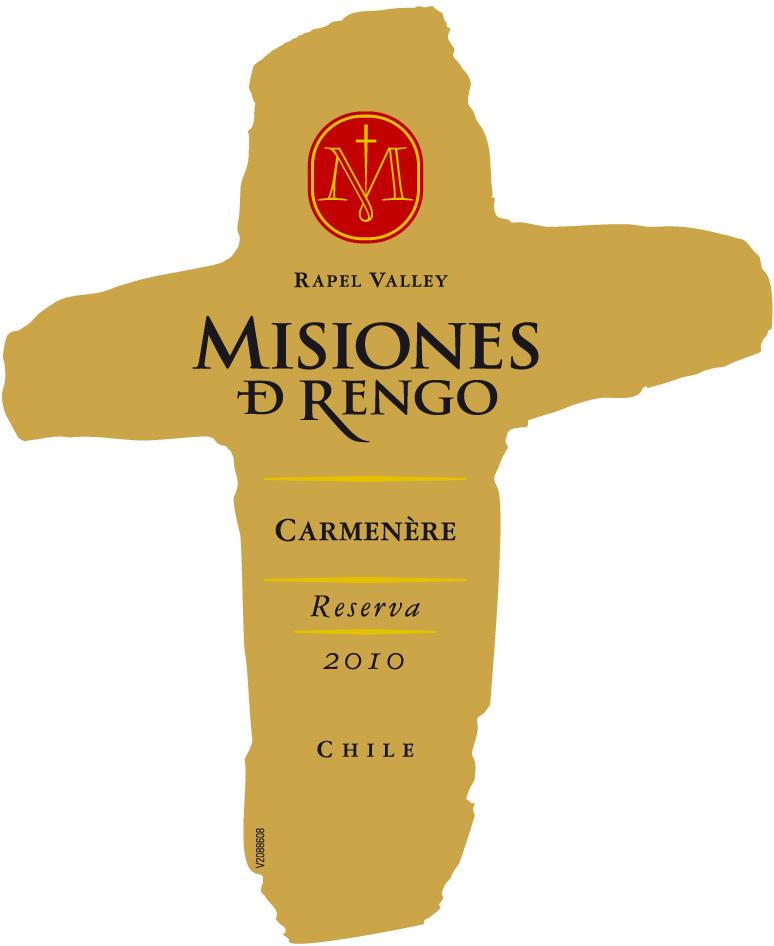2010 Rapel Valley Carmenère
Misiones D Rengo Reserva is a stunning 2010 Carmenère that beautifully showcases the rich character of the Rapel Valley. This red wine presents a delightful medley of dark fruit flavors, such as blackberry and plum, accompanied by subtle hints of spice and herbs. Its well-rounded body offers a satisfying mouthfeel, while balanced acidity adds a refreshing lift, making it incredibly food-friendly. The tannins are notable yet smooth, ensuring a pleasant texture that complements the fruit intensity without overwhelming it. With its sophisticated profile, this reserva is perfect for those who appreciate a well-crafted Carmenère that reflects the terroir of its region. Enjoy it alongside hearty dishes or on its own for a truly enjoyable experience.
Misiones D Rengo Reserva is a stunning 2010 Carmenère that beautifully showcases the rich character of the Rapel Valley. This red wine presents a delightful medley of dark fruit flavors, such as blackberry and plum, accompanied by subtle hints of spice and herbs. Its well-rounded body offers a satisfying mouthfeel, while balanced acidity adds a refreshing lift, making it incredibly food-friendly. The tannins are notable yet smooth, ensuring a pleasant texture that complements the fruit intensity without overwhelming it. With its sophisticated profile, this reserva is perfect for those who appreciate a well-crafted Carmenère that reflects the terroir of its region. Enjoy it alongside hearty dishes or on its own for a truly enjoyable experience.




